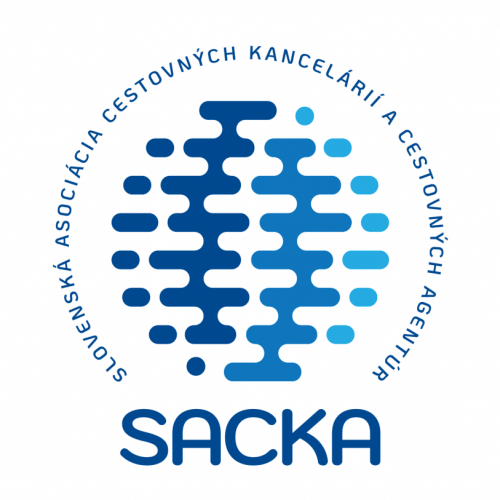BRATISLAVA – charming capital city hidden between Vienna and Budapest
In 1841, a famous Danish fairy-tale author, Hans Christian Andersen described the Slovakian capital as the fairytale city: „If you want a fairy-tale, then just look at your city, it is a fairytale itself.”
Even if in his times Bratislava’s Old Town was much more preserved, it seems that he was able to feel a cozy atmosphere and a nice variety of different architectural styles representing different centuries in one place.
Today you can admire an old castle reigning on a hill, significant medieval Gothic cathedral, the very first Renaissance University, magnificent Baroque style palaces, churches and monasteries, Classicist residences or beautiful Art Nouveau buildings – all of this within few hours in the charming capital of Slovakia, „the Beauty on the Danube“.
Bratislava, the biggest and the capital city of Slovakia and at the same time interestingly one of the smallest capitals in Europe, is ready to welcome you in all its uniqueness.
Even these days the city remains a place of contrasts (medieval – communist – modern) and a meeting point of colorful history, splendid architecture and different winsome places to visit in and out of the city.
From the geographical point of view, Bratislava is unique in the fact that it is the only capital in the world bordering two different countries with two completely different cultures and languages.
Driving only a few minutes out of the city center you can visit Austria and Hungary. Vienna, the capital of Austria, is located less than 60 km from the Slovakian capital and so in this way, Bratislava and Vienna become two closest capitals in Europe. Very close to each other and still so very different.
Walking through the historical center you can discover the long varied history of Bratislava which goes back to pre-historic Neolithic times, through the Iron Age Celtic settlement to the first centuries after Christ when this place became the border zone of the powerful Roman Empire.
Bratislava also reveals its royal history as the former capital and coronation city of the medieval Kingdom of Hungary. Only in this city, you can find a church with a golden crown on the top of its spire as a symbol of coronations. Believe it or not, between 16th and 19th centuries, 18 royal Hungarian kings and queens were crowned in the magnificent St.Martin´s Cathedral.
Bratislava was living its golden age during the reign of a woman who became one of the most influential figures in Central European history – the Queen Maria Theresia, crowned here in 1741. Many beautiful Baroque style palaces that today contribute to the cozy charm of the Old Town were built in her period.
After one of the most important and decisive battles of the Napoleonic Wars – the battle at Austerlitz – in 1805 the Peace Treaty of Pressburg was signed in the classicist Primate´s palace, between the Napoleonic France and the Habsburg Empire. Nevertheless, in 1809 the troops of Napoleon Bonaparte bombarded the city and destroyed a lot of buildings and property. Not conquered though.
Many significant and well-known musicians such as Josef Haydn, Wolfgang Amadeus Mozart, Ludwig van Beethoven or Anton Rubinstein performed their music art for the nobility of Bratislava and in 1820 an outstanding pianist and composer Franz Liszt performed one of his first concerts here at the age of 9.
The city has hosted monarchs, musicians, inventors and scientists, and also different cultures and religions.
Still, at the beginning of the 20th century, Bratislava was a trilingual place where most of the citizens were able to speak Slovak, German and Hungarian perfectly. This is even today present on a building that portrays a multilingual character of the city.
The tragic period of World War II meant a considerable reduction of the Jewish community which has always formed part of the city´s population since the very first centuries and the controversial 41-year Communist regime made a beautiful Jewish synagogue disappear forever from the map of Bratislava.
Communism definitely left its footprint on the architectural panorama of the city and made today’s capital become a contrast of old and modern destroying a big part of the historical center.
All this and much more can be revealed in one of the youngest and smallest capitals in Europe which despite its size has much to offer and to remember. And is waiting for you to reveal it all.
Thank you for reading our Travel Blog about Bratislava.
The next Travel Blog will be about 11 Best Day Trips from Bratislava.
Would you like us to Show and Introduce you to our lovely city?
Book & Enjoy our Premium Bratislava Sightseeing Tour.
More time while in Bratislava?
Go through our Top Private Day Trips from Bratislava
Happy & Safe Traveling




